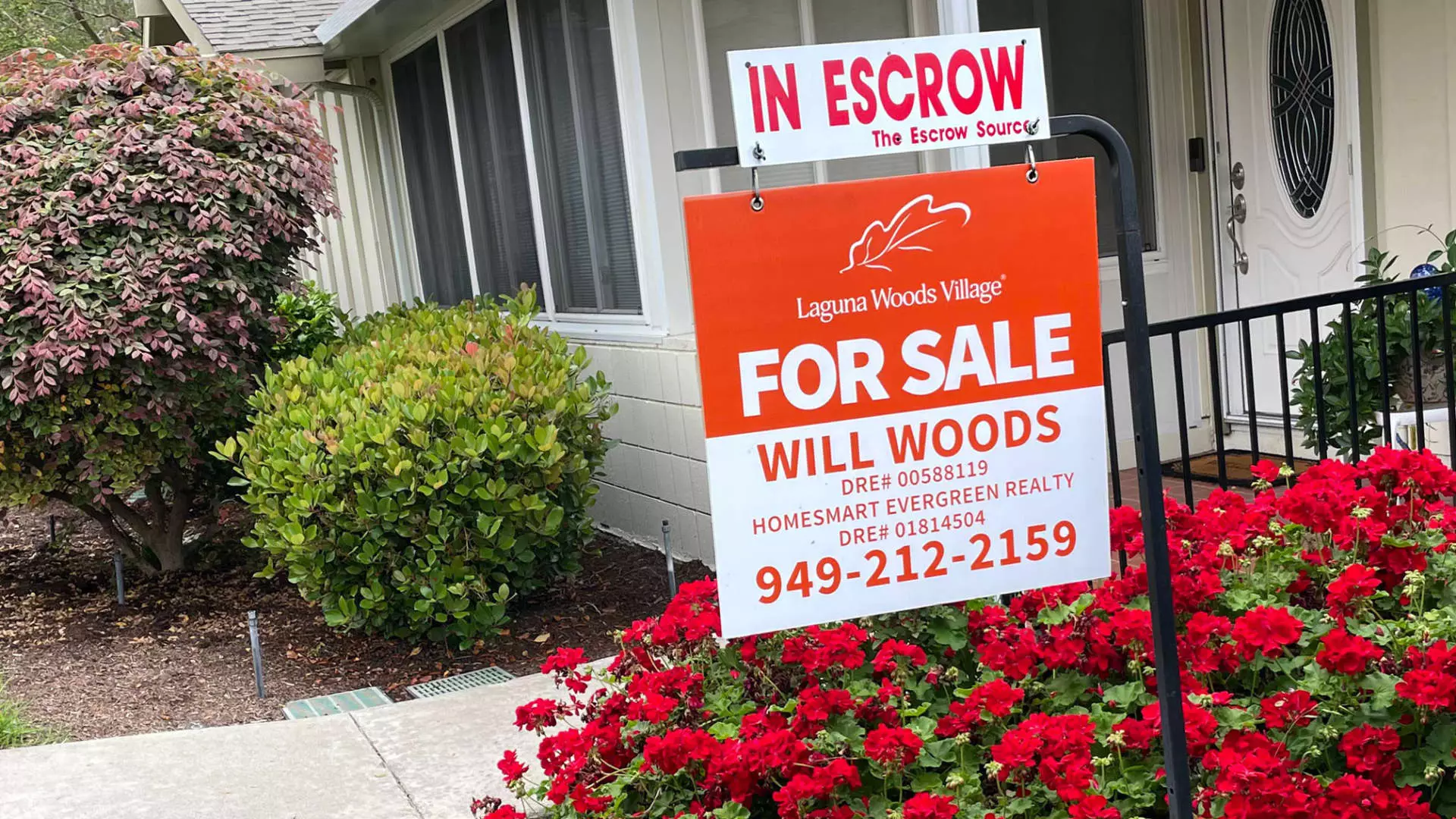The housing market, often seen as a bellwether for economic health, reveals complex dynamics in response to ever-changing conditions. Recent statistics from the National Association of Realtors illustrate a distressing trend: a noted 5.5% decline in signed contracts for existing homes during December, alongside a year-over-year drop of 5%. This unsettling decrease follows four consecutive months of increases, signaling potential volatility ahead in the housing landscape.
One of the most significant contributors to this downturn is the sharp rise in mortgage interest rates. Buyers faced escalating rates during December, which reached a peak of 7.14% after starting at 6.68% at the beginning of the month. This spike created a palpable sense of trepidation among potential homebuyers, who had been adjusting to what real estate experts described as a “new normal” characterized by elevated financing costs. The psychological barrier of the 7% interest rate seems to have played a crucial role in stifling demand, leading to skepticism about making significant financial commitments.
Interestingly, while existing home sales flag, new home contracts painted a slightly more optimistic picture. According to data from the U.S. Census, while new construction experienced growth, it comes with the backdrop of aggressive incentives from homebuilders, including reduced mortgage rates to entice buyers. This emphasis on stimulating sales amid challenging market conditions reflects the adaptability of builders seeking to maintain business in a climate where traditional demand drivers appear weakened.
The downturn in pending sales was not uniform across the nation; rather, it bore stark regional disparities. The West and Northeast regions registered the most significant losses, with contract activity plunging 8.1% and 10.3%, respectively. High home prices in these areas render affordability a foremost concern, particularly in environments marked by rising borrowing costs. Lawrence Yun, the chief economist for the National Association of Realtors, noted that job growth tends to have a more pronounced impact in regions with lower home prices, adding another layer of complexity to the issue.
In contrast, the more affordable regions seem less affected by these headwinds—potentially benefiting from sustained job growth that could bolster their housing markets. However, the influence of external factors, such as severe weather patterns, remains an ambiguous consideration, leaving analysts questioning the full extent of what drives buyer sentiment.
As we roll into January, several indicators suggest that the housing market’s malaise may continue. Data from the Mortgage Bankers Association highlights a concerning trend where mortgage applications for purchasing homes fell 7% compared to the same week one year prior. This statistic is alarming, especially considering the context of broader economic recovery efforts. In addition, a new Redfin report indicates that homes are selling at the slowest pace encountered in five years, with an average listing lingering on the market for 54 days. Such prolonged timeframes before closing signals buyer hesitation, likely stemming from apprehension about future price trends and interest rates.
Compounding this scenario is a noteworthy increase in housing supply. The number of newly listed homes surged over 37% in January, a notable uptick from December. While an increase in supply could typically benefit buyers, the interplay of high prices and rising interest rates may diminish hope among would-be homeowners.
The latest indicators reflect a housing market grappling with significant challenges. The combination of escalating mortgage rates, high home prices, and regional disparities complicates the landscape for buyers and sellers alike. While there may be isolated pockets of activity—such as gains in new home sales—the overarching sentiment suggests caution. As trends continue to evolve, stakeholders must keenly monitor these developments to navigate the turbulent waters of the real estate market effectively. The dual pressures of rising costs and uncertain buyer sentiment promise to shape the housing market’s trajectory in the months to come, urging all participants to adapt and prepare for a potentially protracted period of adjustment.

